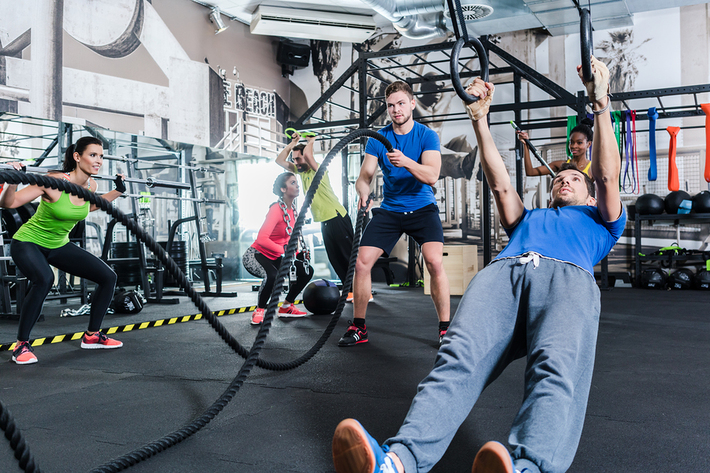Functional fitness is a training approach that focuses on improving physical abilities essential for daily life and athletic performance. Unlike traditional workouts that isolate specific muscle groups, functional fitness exercises mimic real-world movements, such as lifting, pushing, pulling, squatting, and twisting.
Why Functional Fitness?
- Improved Daily Function: Functional fitness enhances everyday activities like carrying groceries, climbing stairs, and lifting objects.
- Reduced Risk of Injury: Strong, balanced muscles and improved flexibility can help prevent injuries.
- Enhanced Athletic Performance: Functional fitness can boost athletic performance by increasing power, speed, agility, and coordination.
- Better Posture: By strengthening core muscles and improving flexibility, functional fitness can improve posture.
- Stress Relief: Physical activity, including functional fitness, can reduce stress and anxiety.
Key Components of Functional Fitness
- Strength Training:
- Focus on compound exercises that work multiple muscle groups simultaneously.
- Use a variety of equipment, such as dumbbells, kettlebells, and resistance bands.
- Cardiovascular Exercise:
- Incorporate activities like running, swimming, or cycling to improve cardiovascular health and endurance.
- Flexibility and Mobility:
- Practice yoga, Pilates, or stretching to increase range of motion and reduce muscle tension.
- Core Strength:
- Strengthen your core muscles (abs, back, and obliques) to improve stability and balance.
- Balance and Coordination:
- Incorporate exercises like single-leg stands, balance board work, and agility drills to enhance these skills.
Functional Fitness Exercises
- Squats: Target the quads, hamstrings, and glutes.
- Lunges: Work the quads, hamstrings, glutes, and calves.
- Push-ups: Strengthen the chest, shoulders, and triceps.
- Pull-ups: Target the back and biceps.
- Deadlifts: Work the back, legs, and core.
- Kettlebell Swings: Improve power, strength, and cardiovascular health.
- Burpees: A full-body exercise that combines squats, push-ups, and jumps.
Tips for Effective Functional Fitness
- Proper Form: Focus on using correct form to maximize results and minimize injury risk.
- Progressive Overload: Gradually increase the intensity, duration, or frequency of your workouts to continue challenging your body.
- Rest and Recovery: Allow your body time to recover between workouts.
- Variety: Mix up your routine to avoid boredom and target different muscle groups.
- Listen to Your Body: Pay attention to your body’s signals and adjust your workout accordingly.
By incorporating functional fitness into your routine, you can improve your overall physical fitness and quality of life.



